Facilities
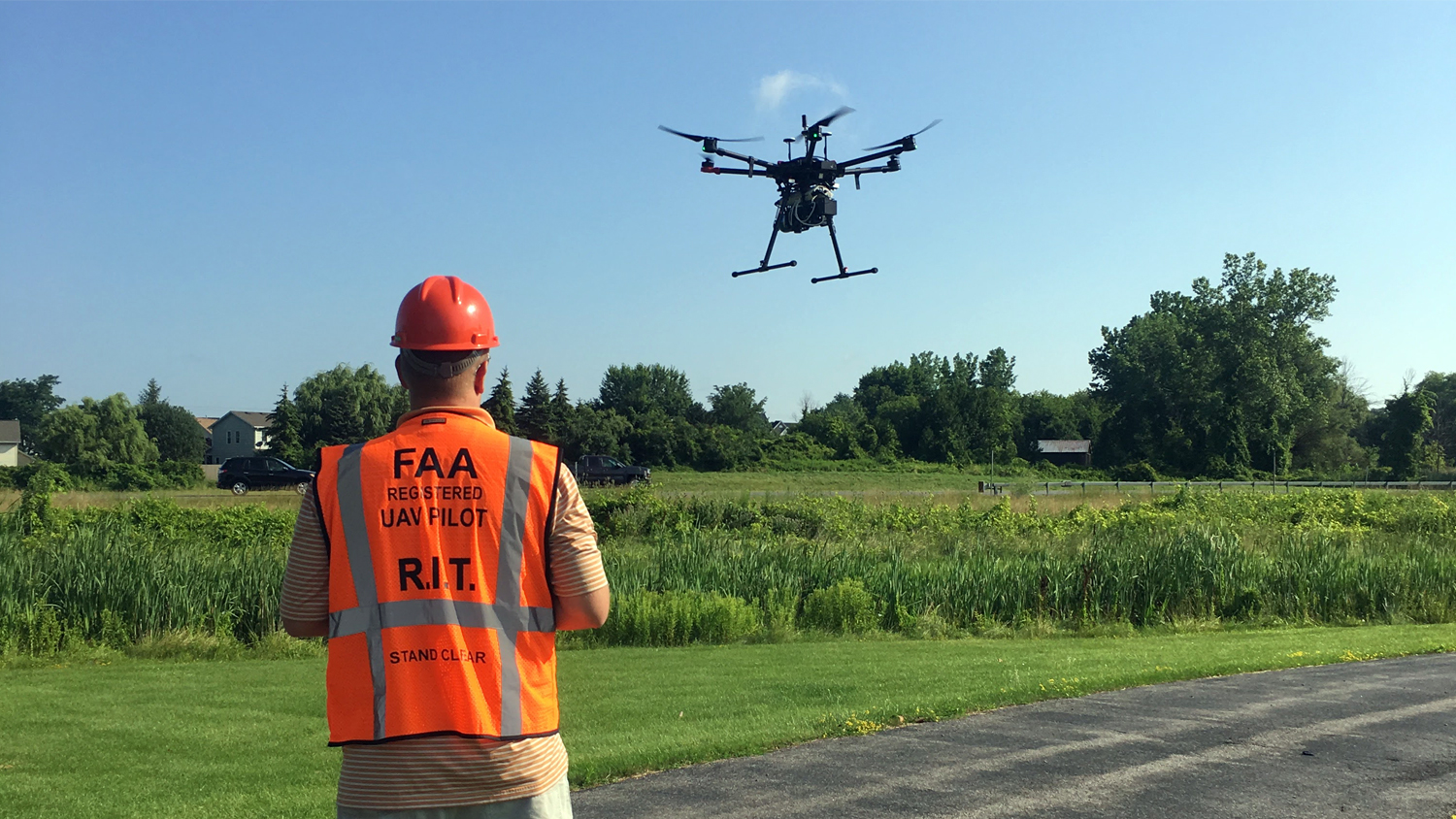
Unmanned Aircraft Systems Laboratory
The Unmanned Aircraft Systems Laboratory is focused on the design, engineering, and implementation of multimodal imaging systems, calibration techniques, and processing algorithms to provide the highest quality data with which to solve problems in the fields of precision agriculture, infrastructure inspection, and wildlife management.
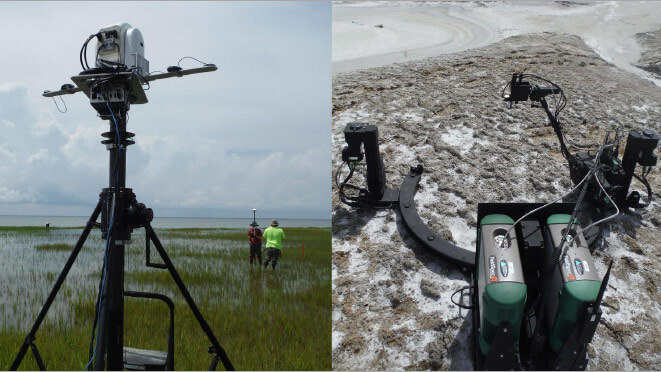
GRIT Laboratory
GRIT Lab focuses on hyperspectral remote sensing of coastal and desert environments, BRDF and radiative transfer modeling, retrieval of sediment geophysical properties and estimation of biophysical properties of coastal wetland systems from remote sensing, field calibration and validation, the development of advanced instrumentation (goniometers), as well as abstract models for interpreting hyperspectral and multi-sensor imagery based on manifold descriptions and graph theory.
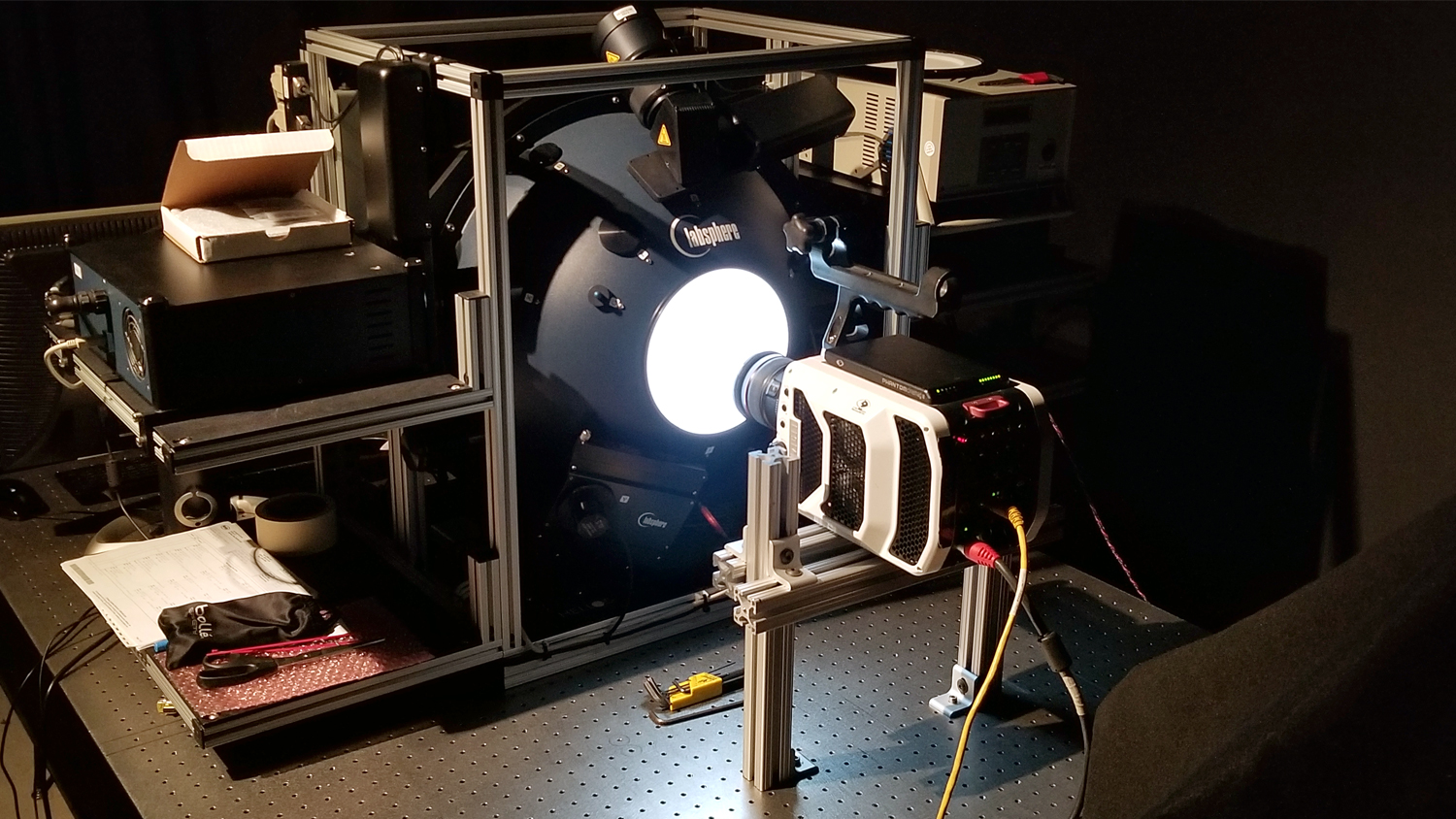
Imaging Systems Calibration Laboratory
Calibration is the process of assigning engineering units and uncertainties to digital counts (or meter deflections if measuring a current/voltage/resistance, etc.) such that an instrument reading (or image format) conforms to a recognized standard such as radiance, for example. It is an important aspect of radiometry and image acquisitions. Recently, DIRS has established a state-of-the-art Optical Calibration Facility which is poised to be a strategic asset for both research and academics in DIRS. We currently have a NIST-traceable, custom 20 inch integration sphere from Labsphere, Inc. This is the heart of our current radiometric calibration capability in terms of flat fielding, linearity assessment and absolute calibration. We recently acquired an Optronics Labs OL 750 Automated Spectroradiometric Measurement System. This will allow us to perform spectral measurements, such as relative spectral response (RSR) from 0.4 to 2.5 m on camera and single-element detector (i.e., photodiodes) systems. We also have the capability to assess wavelength calibration using our Argon and Mercury (Neon) set of spectral emission lamps. Future capabilities include the incorporation of a collimator (VIS-LWIR) so as to perform spatial detector/imaging system analysis and calibration along with the development of a course on calibration.
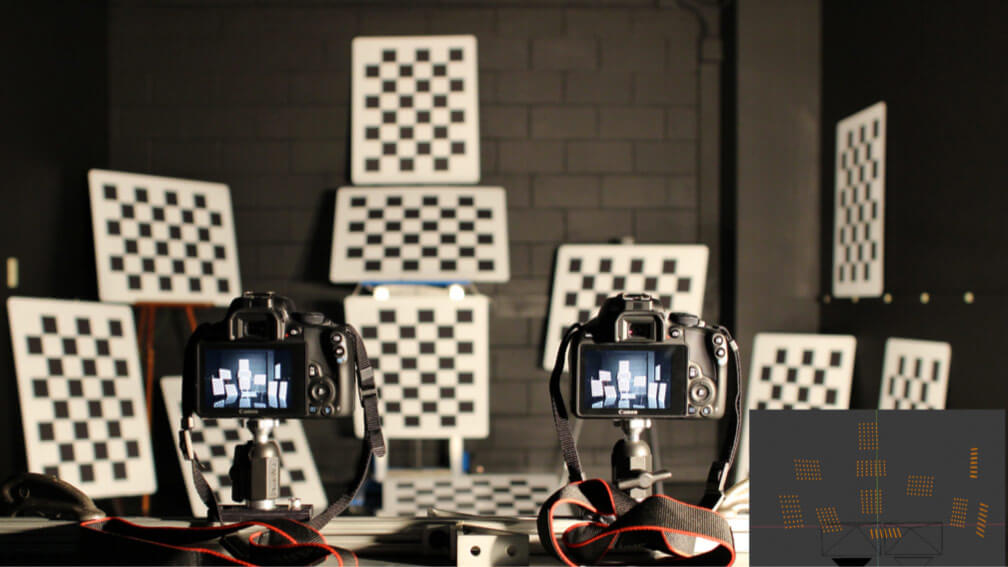
Geometric Calibration Laboratory
The RIT Geometric Calibration Lab consists of multiple checkerboard targets arranged to be visible in a single photograph (visible and thermal). A single shot can be used to determine parameters for particular lens/sensor combinations, such as focal length, position of the optical center or principal point, radial and tangential distortion correction, and camera rotation and translation. For multi-camera arrays, the offset and rotation between these cameras’ optical centers can be determined. Our camera characterizations allow us to project captured images onto the Earth in a precise manner so that metric-quality real-world mensuration can be achieved.
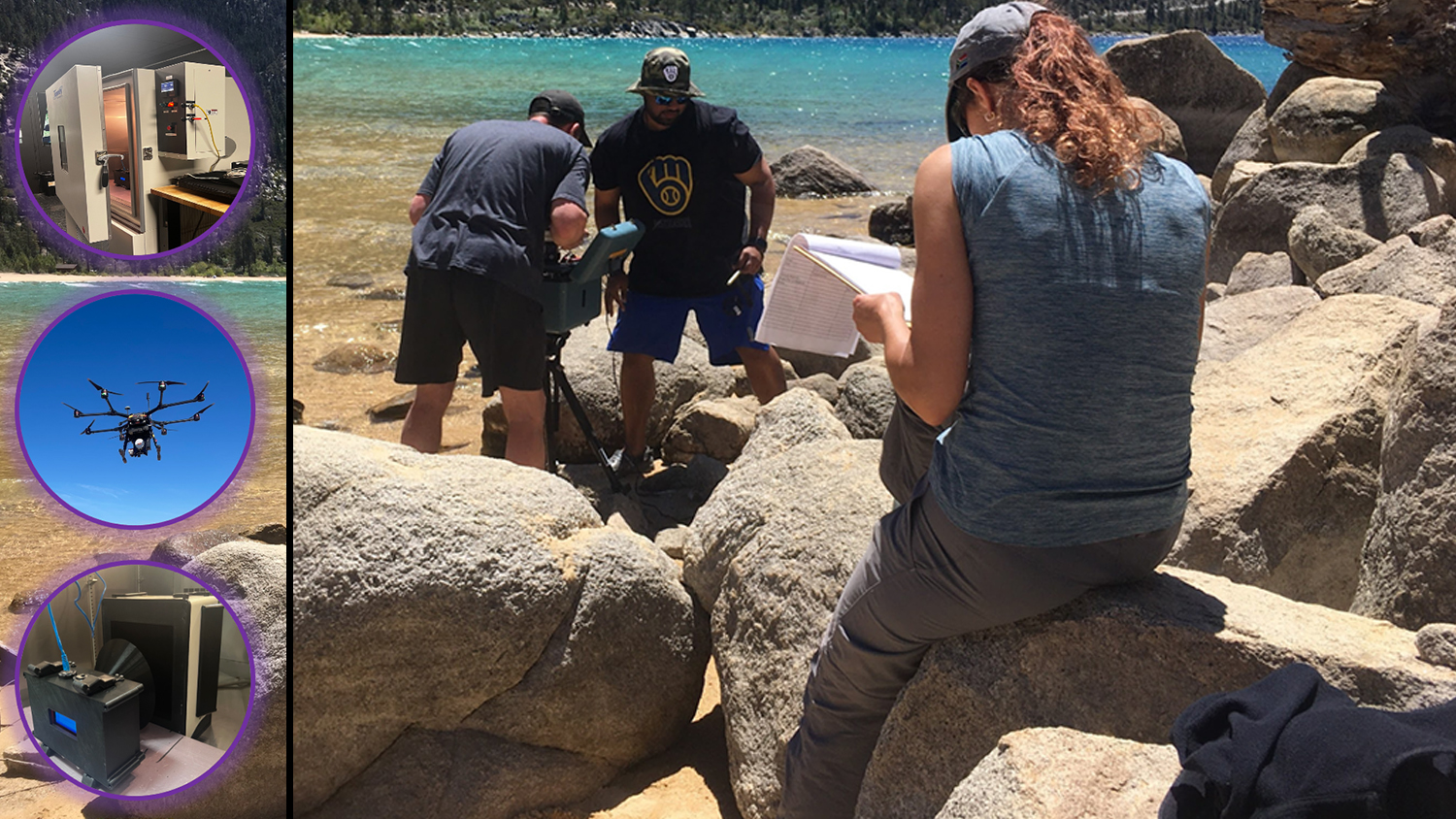
Thermal Sensing Laboratory
The Thermal Sensing Laboratory encompasses a comprehensive suite of capabilities for precise calibration and validation of thermal sensors. Equipped with NIST traceable blackbody and environmental chamber, the lab has the ability to conduct in-depth calibration ensuring accuracy and reliability of thermal sensors. Furthermore, the facility houses various ground and UAS-based equipment, including a Fourier transform infrared (FTIR) spectroradiometer designed to collect spectral measurements from 2 to 16 μm. We design and conduct ground campaigns for vicarious calibration and validation procedures of airborne and space-based thermal sensors. These resources enable the lab to offer comprehensive and rigorous testing services to ensure the integrity and radiometric performance of thermal-based imaging sensors across diverse applications.